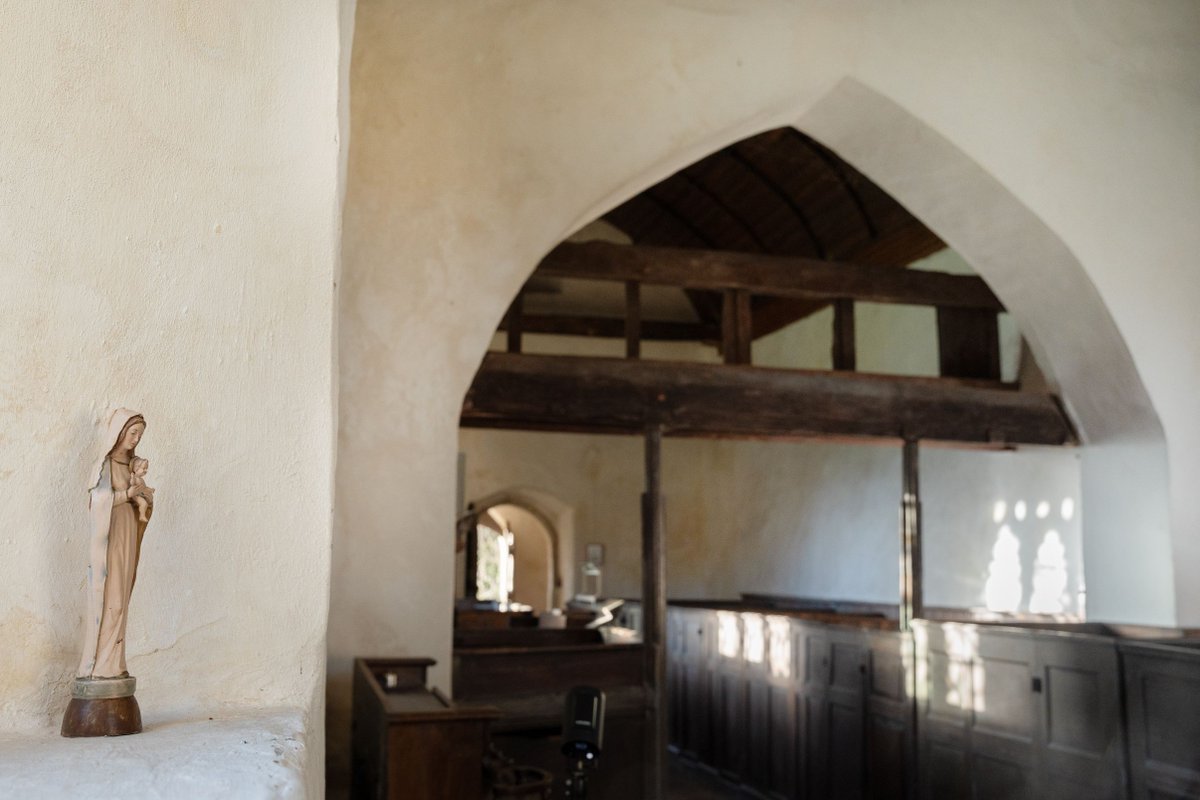Duncan Berry from Berry Stonework was demonstrating flint knapping. It’s an incredible skill. The material offers no guide, no grain. It’s a capricious stone. Here’s Duncan squaring off a piece.
And here’s a galleted panel he made. The gallets are shards of flint, which he presses into the mortar. It’s decorative, but also provides some structural reinforcement. 



Here’s David Ayres doing some lime plastering. It’s a nicely haired coat and spreads like butter over the laths.
Repairs underway to a 1920s Reading Wagon. See the chamfered muntins in various states of replacements… 

And finally, because we’re a church account after all…
A memento mori of 1688 in the wall of All Saints, East Dean. It commemorates William Peachey, blacksmith.

A memento mori of 1688 in the wall of All Saints, East Dean. It commemorates William Peachey, blacksmith.


The Historic Building Weekend continues tomorrow. There’s TONNES more to see that I’ve shared here. It’s *well* worth a visit.
Thanks again to @WealddownMuseum for having us! ♥️
Thanks again to @WealddownMuseum for having us! ♥️

• • •
Missing some Tweet in this thread? You can try to
force a refresh


























